Sony Xperia C Review
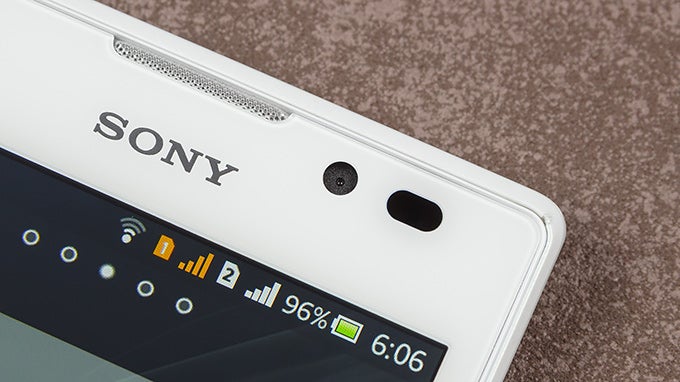
Introduction
Whether manufacturers like it or not, it's a different world out there, one where handset makers are increasingly pressured to take the growing price-conscious niche of the market more seriously than ever. Sony seems well aware of that, and the Xperia C is the logical next step in its playbook. This dual-SIM 5-incher is priced competitively, no small thanks to its MediaTek chip inside, and is aimed at the mind-numbingly large crowd in Asian markets, and elsewhere, where demand for big-screened devices on a budget is massive.
And though you can get your hands on something even cheaper than the Xperia C, extras such as Sony's brand cache, along with its proprietary software and attractive design may just be enough to tip the scales in favor of the phone. Let's find out!
In the box:
- In-ear headphones with a microphone
- Wall charger
- USB to microUSB cable
- Warranty and information leaflets
Design
Much alike to most any other contemporary Sony phone, the Xperia C pays homage to its OmniBalance design roots, inheriting both the good and the bad. Said otherwise, you're getting the typical rectangular slab, though the Japanese company knows a thing or two about making these look great, almost premium. Unfortunately, Sony's signature thick bezels are also present, and the device is quite large, but curiously – still smaller than the Xperia Z1 flagship.
The front of the phone houses the standard – the earpiece in the top middle, with the front-facing camera and ambient light sensor hugging the top right portion. Somewhat unconventional, even for Sony, is the speaker-like encasing for the microphone at the bottom. Right above that one is a very minimalistic notification LED light, best described as a strip.
Taking a look at the back, it's definitely the better-looking halve, with its matte plastic finish. All hardware buttons have taken a residence on the right profile of the device, and they all have great feedback to them.
Display
The display on the Sony Xperia C is likely to cause some soul-searching for the pixel nuts among you. You're getting an admittedly underwhelming 5-inch, 540x960 (qHD) TFT LCD panel, or a pixel density of about 220 ppi. This is a long way from a 5-inch 1080p panel, but do keep in mind that you're buying into a budget solution, so you'll simply have to agree to compromise.
All said, the display is actually of passable quality and offers an overall proper color reproduction, though there is a barely detectable cyan tint to it and viewing angles are just poor. Moreover, the Xperia C is just a tad too conservative on the brightness when in automatic mode, so you may have to tweak it manually. Perhaps the biggest disappointment with the screen, however, is the complete lack of any protective coating, so you better gear up.
Interface and functionality
As with any Xperia phone, you're looking at a Sony skin on top of Android 4.2.2 Jelly Bean. We're usually not very fond of manufacturer customizations, though Sony's take is actually one of the better. It's minimal, onto the point and considerably lighter on the hardware than some rival solutions. There's no perceptible slowing down when navigating the UI and the phone feels buttery smooth for the most part.
The notification and multitask menus are also well-made. The former offers access to a few quick toggles like Wi-Fi, Bluetooth, sound profiles, and best of all: easy and quick switching between your two SIM cards. Turning to the the multitask menu, you have a bird's view of all the apps running in the background, along with quick access to what Sony is calling 'small apps'. These work exactly as advertised – they allow you to open a scalable, miniature version of an app that won't take over your entire screen. These can, in some scenarios, help your productivity.
Overall, the Android experience on the Xperia C is definitely to our taste, and we actually like finer touches, such as the extensive choice of color themes, the built-in TrackID song recognition feature and so forth.
Dual SIM
The dual-SIM capabilities of the Xperia C exhibit some of the typical limitations. For starters, the silicon inside only allows for dual-standby, so you'll be offline on your secondary SIM card during ongoing calls. Sony has actually tried to do something about this unpleasant problem, yet the best they can do is offer to forward the calls to your other SIM card when you're unreachable, which usually means extra expenses with your carrier. Before we move on, it's important that you also keep in mind that while the first slot offers 3G speeds of up to 42.2Mbps, you're stuck with 2G GSM connectivity on the second.
Processor and memory
The Xperia C is touted as a sub-$300 device, so you can imagine that shortcuts were taken. One such is the appropriation of a MediaTek chipset, instead of taking a pick from Qualcomm's selection. Fortunately for all involved, the 1.2GHz quad-core MT6589 chip inside actually does a decent job, for the most part, especially since it only has to move so many pixels. This is not the most potent quad-core MTK chip, and it belongs to the now older 2012 crop of SoCs. Put plainly, this is not a gamer's rig, as the PowerVR SGX544 GPU is only clocked at 286MHz, meaning that mid-tier and above gaming titles will put a tad too much pressure on the hardware. More explicitly, games like NOVA 3 will lag, and even Minion Rush was a bumpy ride.
Unfortunately, it's not champagne and roses in the memory department, either. The RAM memory is acceptable at 1GB, but the 2GB of leftover native storage leaves little room for anything beyond calls and surfing. In fact, in order to actually download a medium-sized game like Minion Rush, we had to first go through our media storage for a sweep. All in all, this simply leaves you no choice but to invest into a microSD card and make use of that slot at the back. Luckily for you, Sony has delivered, and the feature to install apps onto your SD card is present.
Internet and connectivity
Chrome is what you get out of the box with this budget Sony device, and the surfing experience is pretty decent overall. As we like to point out, even the lower-end crop of MediaTek chips gets away with an okay-ish browsing experience, mostly thanks to the fact that objects and texts are not fully rendered unless you zoom in. The quad-core chip humming underneath the screen ensures that both scrolling and zooming are responsive enough for even the more exacting folks, so no complaints there.
But browsing is hardly all there is to a smartphone nowadays, and to that end we're glad to see that the Sony Xperia C is a wonderfully connected device. It offers Bluetooth 4.0, Wi-Fi b/g/n, (a well-working) A-GPS and Wi-Fi Direct.
Camera
We can't, in good conscience, skip ahead and not mention that ease of use in the camera interface department is something the company has definitely gotten right. Apart from the dedicated two-step camera button on the right side of the phone, you're also getting an interface that's minimalistic, intuitive and just easy to navigate. This is impressive, as the software is packed with features and settings one could tinker with.
An 8-megapixel shooter with a BSI Exmor R sensor and an LED flash is what you'll find housed at the rear of the Xperia C. The snapper performs admirably, but it's expectedly far from flawless. So while color fidelity is to standard, one could say that details are a shade too low, not to mention that blurry images are sometimes hard to avoid. HDR is definitely of help, as the dynamic range is not too impressive, though you're definitely trading details for a wider color gamut when it's on. As is to be expected, when the lights go down so does the overall image quality. That said, the flash on the Xperia C does a pretty good job of illuminating the scene, and we were happy to see that snaps' degradation was not as shocking as with other devices. Also, while still on the topic of stills, it's worth noting that our results with the sweep panorama mode were rather underwhelming, as the software is pretty whimsical, yet still does a poor stitching job at the end.
Video capture at 1080p is available, and on this front we have no complaints, though the footage is perceptibly dark. Continuous auto-focus can be a bit lazy, however, refusing to re-focus unless the object is massively in the way.
Multimedia
Whatever pertains to the multimedia category, we've found it to be sufficient and up to standard for this day and age. The chip inside handled any video encoding we threw at it, including some rarer ones, and powered through even 1080p clips with finesse. Moreover, and as per usual, Sony gets top marks on the built-in gallery and video player, as these are stylish, easy to use and functional.
The speaker is placed at the rear, yet sound doesn't get muffled almost at all, even when the phone is lying on its back. We found its volume levels to be lacking a bit, seriously so if you have Sony's xLOUD engine off, though we were generally content with audio fidelity.
Call quality
We were pleasantly surprised by the Xperia C, as calls were clear, realistic and loud. Better still – this held true for both sides.
If you're looking for that extra bit of audio oomph, you could activate Sony's ClearPhase feature, which tones down volume slightly in exchange for quality, though we can't say we saw a stark improvement.
All in all, the Xperia C hits the nail on the head in this particular department, just as it should.
Battery
Battery life on the Xperia C is simply outstanding -- it's the current king of the hill in our battery benchmark test, and that's for three main reasons. For starters, the qHD resolution screen is relatively easy on the processor, which in turn is pretty frugal with power consumption, thanks to its efficient Cortex-A7 cores. Finally, the non-removable 2390mAh cell may not be the biggest you've heard of, yet it's proven to be exceptionally large for the needs of the Xperia C.
In other words, expect two days of usage on a single charge, even three if you go easy on Sony's marathoner.
Conclusion
We've always stood firmly behind the idea that any smartphone should be viewed as a package, and not simply as the cumulative score of each individual piece of hardware and software inside. This is especially true for budget-friendly devices like the Xperia C, as no manufacturer has really managed to offer a no-compromise device just yet. But we must be getting closer, as even Sony, with its traditionally expensive products, is now rising to the challenge. Of course, considering that the Xperia C was created with Asia and the Middle East and Africa in mind, we do have to note that its price of about $230 (¥1388) is on the higher end of the budget spectrum. This means that local superstars, like Xiaomi and ZTE, have their phones going for considerably less – about $130 (¥799) for both the dual-SIM Xiaomi HongMi and ZTE v967s, for example. Both of these sport a better, 720p screen, and the former even runs a better chipset and a comparable shooter. All said, you still get an all-round great bundle with Xperia C, and one worthy of bearing the Sony logo on its back.
So in conclusion, we actually enjoyed fondling with the Sony Xperia C, and that speaks volumes on its own. Individual things, like the display, could have been better, yet at the end of the day, they felt perfectly adequate.

Follow us on Google News


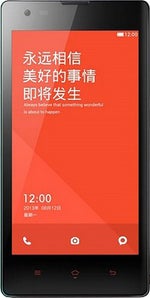
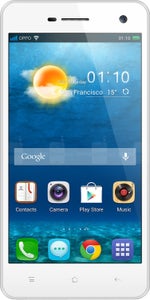
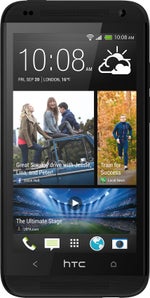



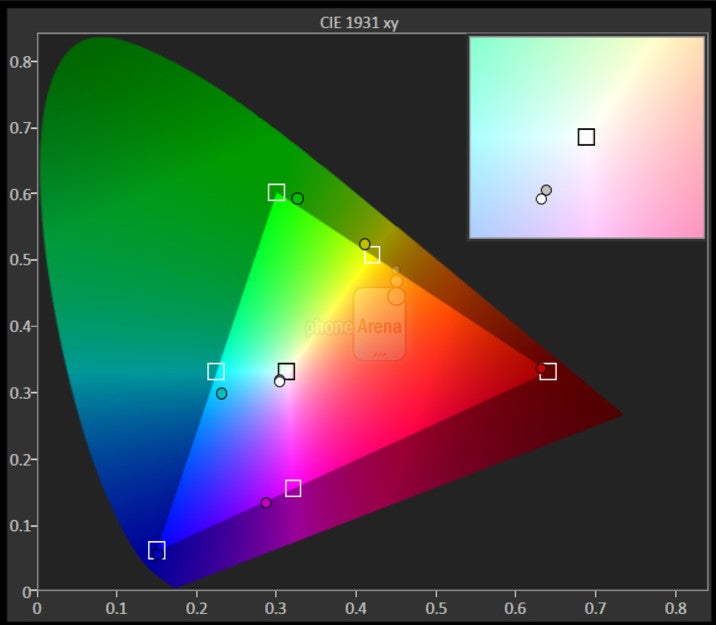

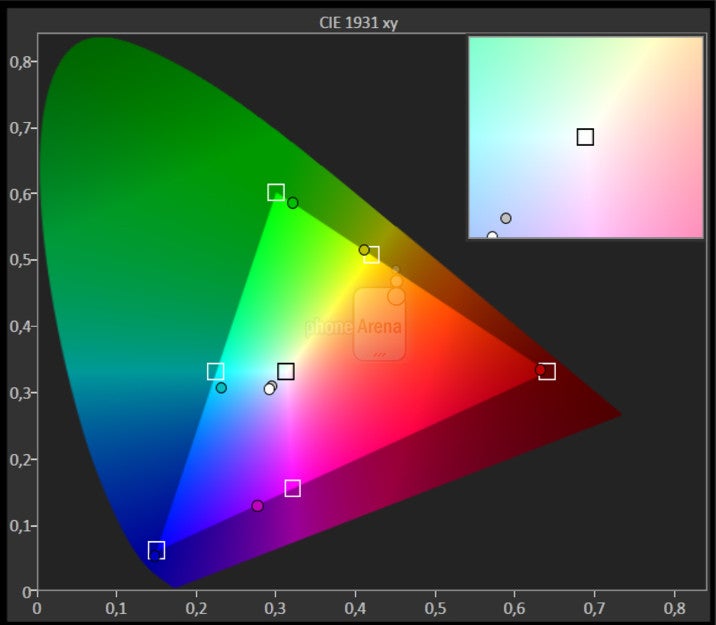


















Things that are NOT allowed:
To help keep our community safe and free from spam, we apply temporary limits to newly created accounts: